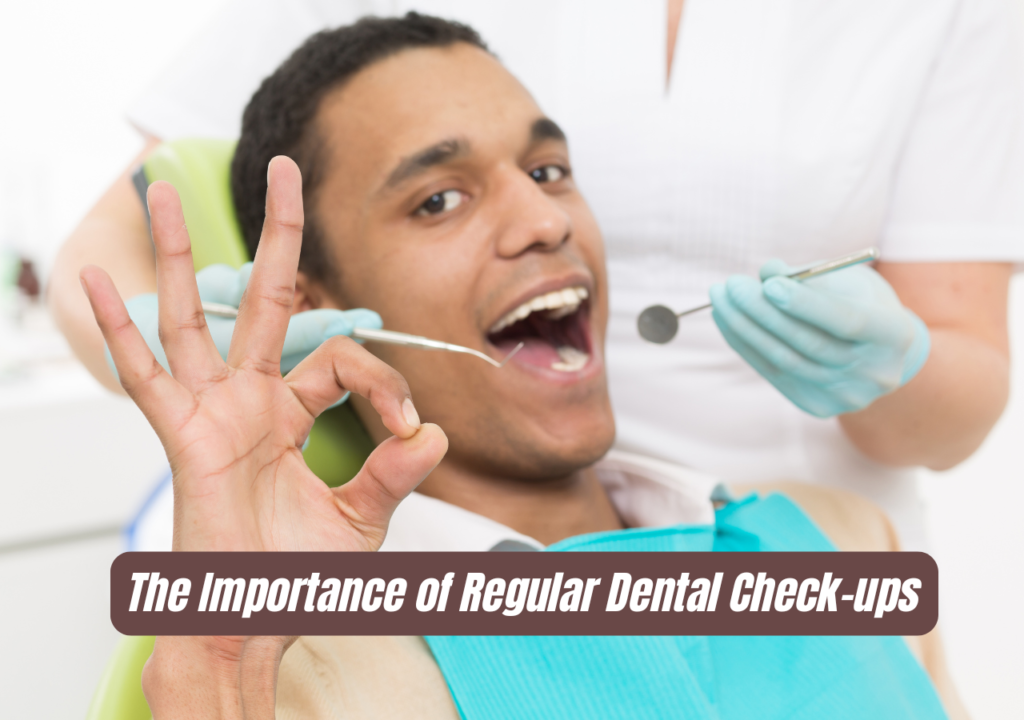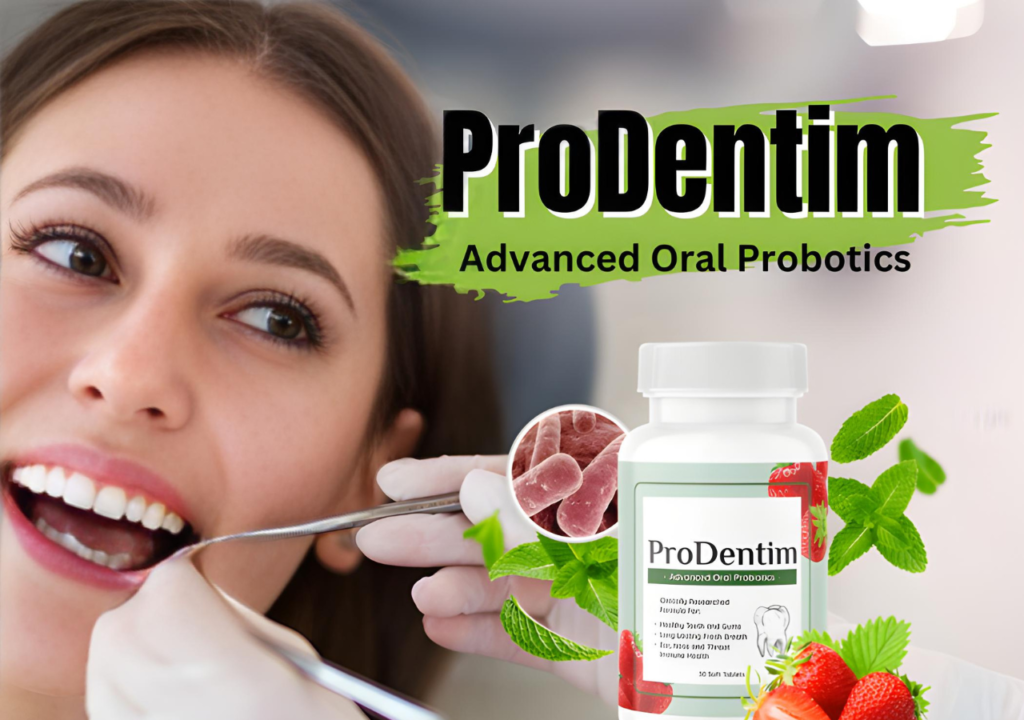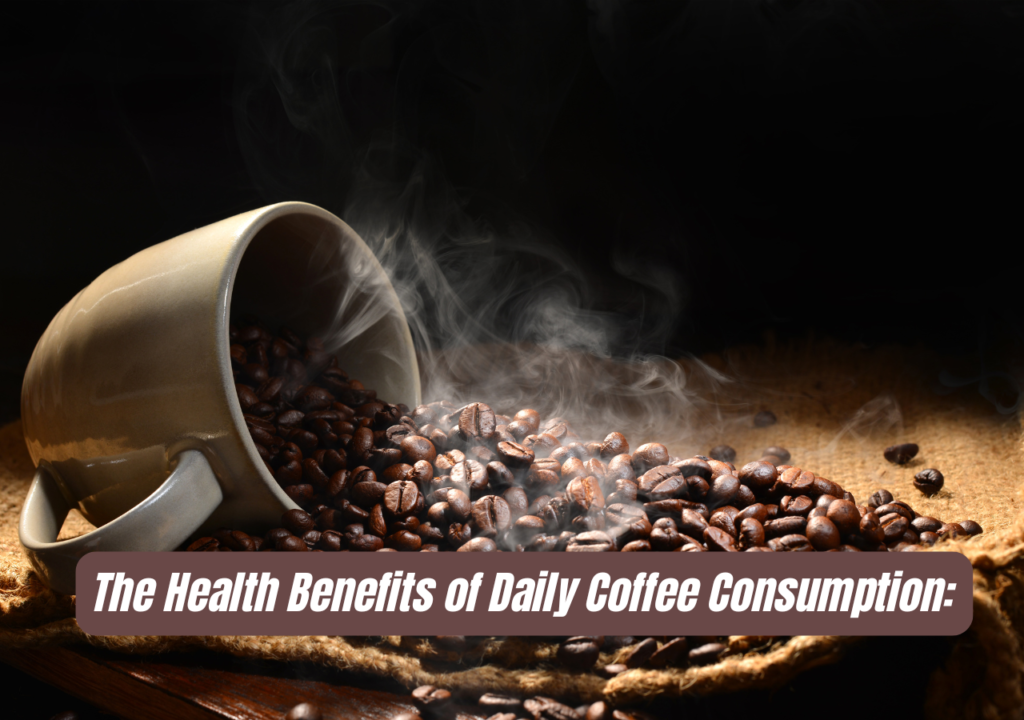Ultimate Guide to Preventing Gastric Dilatation-Volvulus (Bloat) in Dogs: 10 Essential Tips
Gastric Dilatation-Volvulus (Bloat)
Gastric Dilatation-Volvulus (GDV), commonly known as bloat, is a serious and potentially life-threatening condition that affects dogs. This condition is characterized by the rapid expansion and twisting of the stomach, leading to severe physiological consequences. In this article, we will explore the causes, symptoms, risk factors, diagnosis, treatment, and prevention of GDV in dogs.

What is Gastric Dilatation-Volvulus (Bloat)?
GDV is a condition where the stomach fills with gas and then twists upon itself. This twist (volvulus) traps the gas and prevents the stomach from emptying. The stomach’s expansion compresses vital blood vessels, restricting blood flow to the stomach and other organs, leading to shock and, if untreated, death.

Causes of GDV
The exact cause of GDV is unknown, but several factors are believed to contribute to its development:
- Genetic Predisposition: Certain breeds are more prone to GDV, particularly large and deep-chested breeds such as Great Danes, Saint Bernards, and German Shepherds.
- Eating Habits: Dogs that eat rapidly or consume large meals are at higher risk. Swallowing air while eating or drinking can contribute to stomach dilation.
- Exercise After Eating: Vigorous exercise soon after a meal may increase the risk of the stomach twisting.
- Age: Older dogs are more susceptible to GDV.
- Stress: High levels of stress can also be a contributing factor.
Symptoms of GDV
Recognizing the symptoms of GDV is crucial for timely intervention. Common symptoms include:
- Distended Abdomen: A noticeable swelling of the stomach.
- Retching: Attempts to vomit with little or no production.
- Restlessness: Inability to find a comfortable position.
- Excessive Drooling: Increased saliva production.
- Rapid Heartbeat: Elevated heart rate.
- Pale Gums: Indication of poor blood circulation.
- Weakness or Collapse: Severe cases can lead to collapse and shock.

Risk Factors
Certain factors can increase the risk of a dog developing GDV:
- Breed: As mentioned, large and deep-chested breeds are more susceptible.
- Age: Older dogs have a higher risk.
- Family History: Dogs with close relatives that have had GDV are at higher risk.
- Body Condition: Underweight or overweight dogs can be more prone to GDV.
- Diet and Feeding Habits: Dogs fed one large meal a day, those that eat quickly, or those that consume high-fat diets are at increased risk.
The Natural Formula That
Supports Your Dog’s Health
Pawbiotix is the only nutritional formula designed to help your dog achieve optimal and balanced levels of all five healthy gut bacteria they need to thrive.
Diagnosis of GDV
A veterinarian will diagnose GDV based on clinical signs and diagnostic tests, including:
- Physical Examination: Assessing the dog’s abdominal distension and general condition.
- X-rays: Confirming the presence of a distended and twisted stomach.
- Blood Tests: Evaluating the dog’s overall health and the impact of GDV on organ function.

Treatment of GDV
GDV is a medical emergency requiring immediate veterinary intervention. Treatment typically involves:
- Stabilization: Initial treatment focuses on stabilizing the dog’s condition, including intravenous fluids to combat shock and medications to manage pain.
- Decompression: Removing the gas from the stomach using a stomach tube or needle to relieve pressure.
- Surgery: Surgical intervention is necessary to untwist the stomach and possibly remove any dead tissue. A procedure called gastropexy is often performed to prevent recurrence by attaching the stomach to the abdominal wall.

Prevention of GDV
Preventing GDV involves several strategies aimed at reducing the risk factors:
- Dietary Management: Feed smaller, more frequent meals rather than one large meal. Avoid foods that are high in fat and promote rapid eating.
- Feeding Practices: Use specially designed bowls to slow down eating. Ensure the dog is calm before and after meals.
- Exercise: Avoid vigorous exercise immediately before and after meals.
- Preventive Surgery: Prophylactic gastropexy can be considered for high-risk breeds, which can be performed during other elective surgeries, such as spaying or neutering.

Conclusion
Gastric Dilatation-Volvulus (Bloat) is a serious condition that requires immediate veterinary attention. Understanding the causes, symptoms, and risk factors can help dog owners take preventive measures and recognize the signs early. If you suspect your dog has GDV, seek emergency veterinary care immediately to improve the chances of a successful outcome.
By staying informed and vigilant, you can protect your dog from the dangers of GDV and ensure a long, healthy life for your beloved pet.
The Importance of Regular Dental Check-ups: Preventing Major Oral Health Issues
Caring for the health of teeth is very crucial to one’s health of the body….
Is Social Media Bad for Mental Health?
Is Social Media Bad for Mental Health? Exploring the Impact on Well-Being Social media has…
Probiotics Specially Designed for the Health of Your Teeth and Gums
Brand New Probiotics Specially Designed For TheHealth Of Your Teeth And Gums Try ProDentim: a unique…
The Health Benefits of Daily Coffee Consumption: Boost Your Focus, Mood, and More
Introduction: Coffee can be described as one of the most popular beverages in the globe,…
Top 5 Amazon Coffee Makers for Perfect Brews: Discover Your Ideal Coffee Machine
offee occupies an important place in many people’s lives, it is not only drink which…
Top 5 Best Coffee Shops in New York for a Perfect Coffee Date
When it comes to choosing the perfect coffee shop for a romantic coffee date in…
-
Brown Wooden Cat House | Dog House
Original price was: ₨ 16,499.₨ 11,999Current price is: ₨ 11,999. -
Candy Jar | Handmade Wooden Candy Jar | Pakistani Handicraft Nakashi Candy Jar
Original price was: ₨ 4,449.₨ 3,999Current price is: ₨ 3,999. -
Cat House | Brti Cat House | Indoor Puppy House | Pet House
Original price was: ₨ 30,000.₨ 28,499Current price is: ₨ 28,499.













